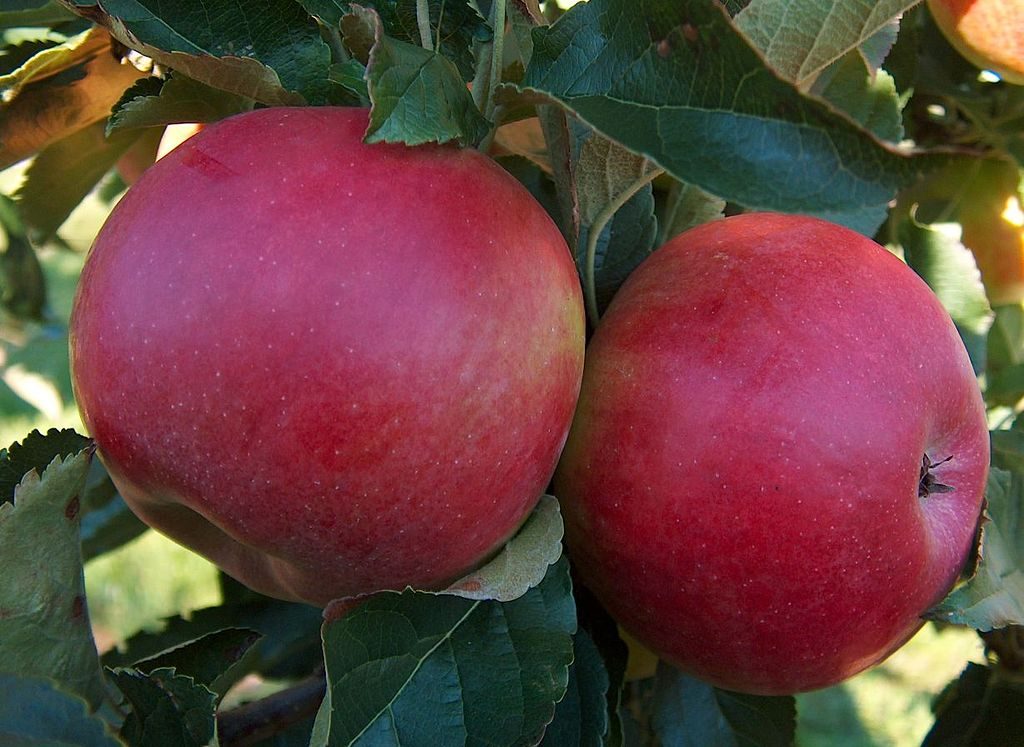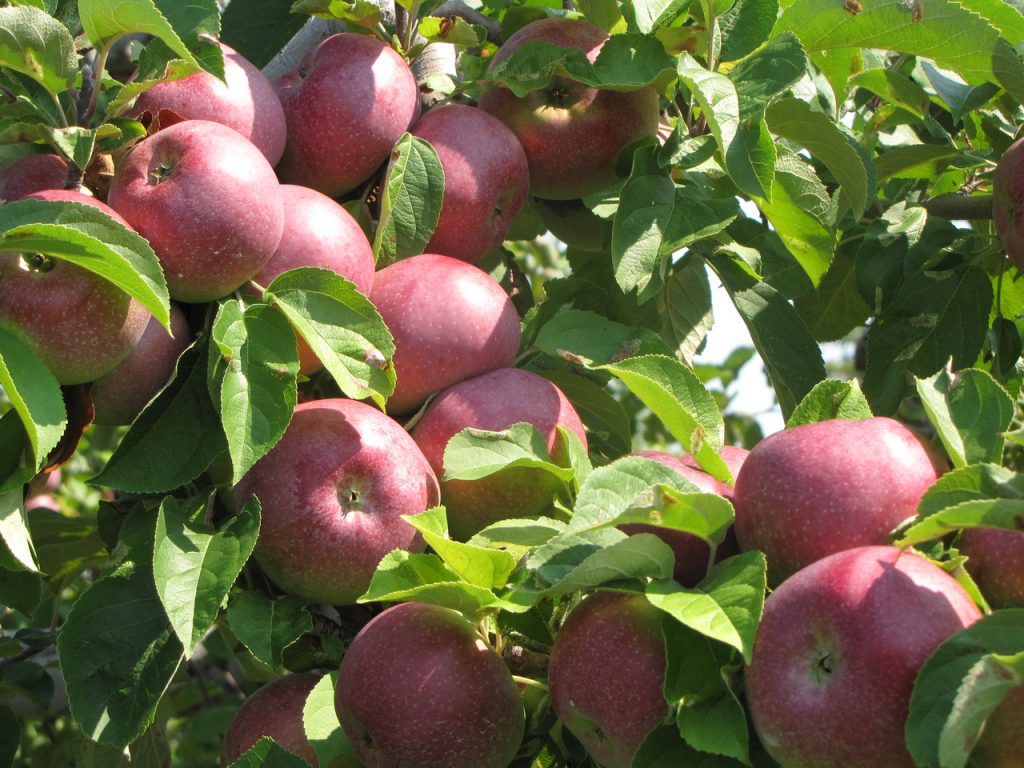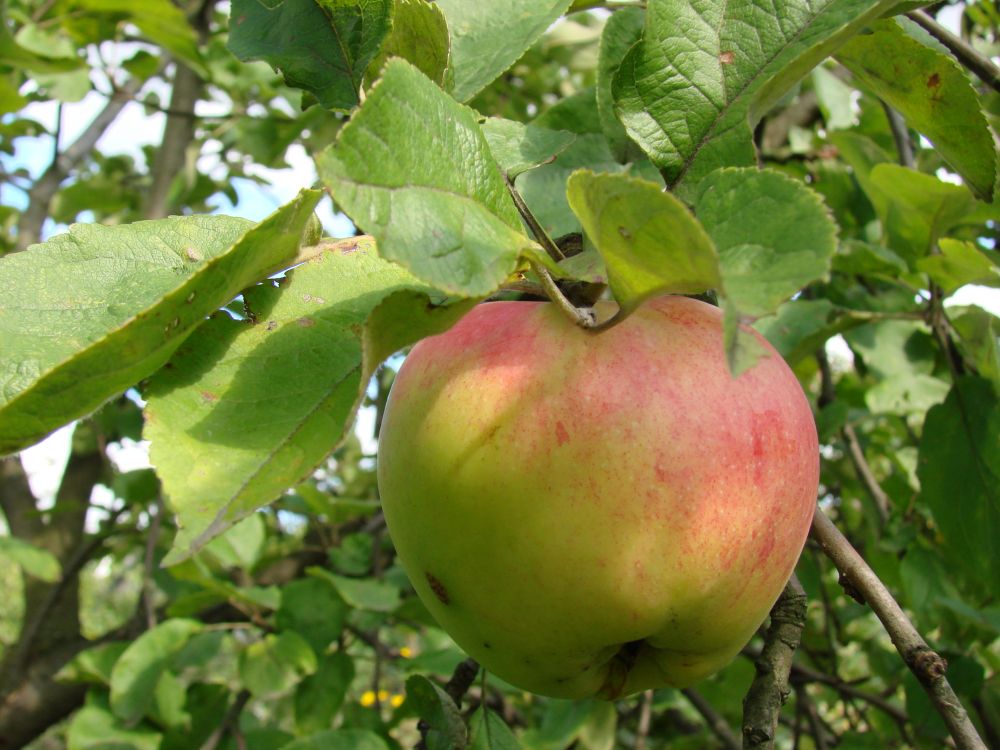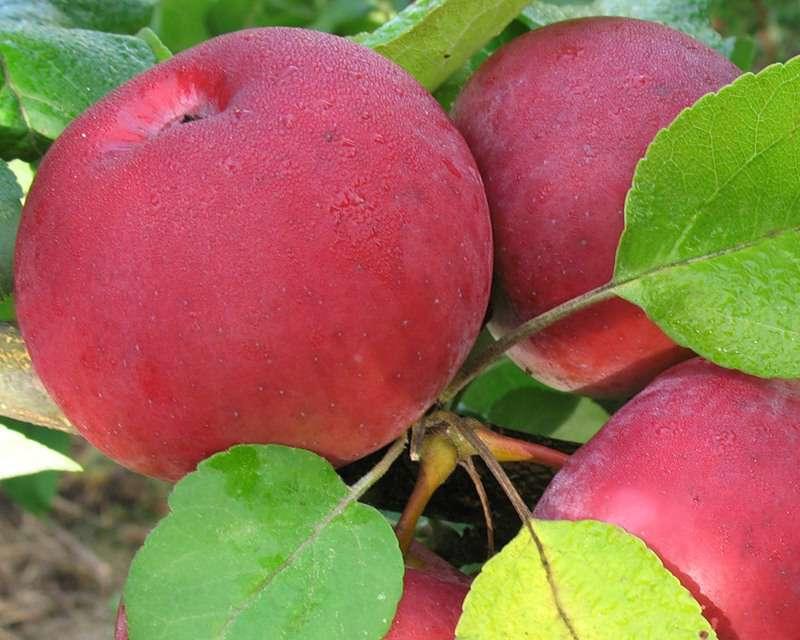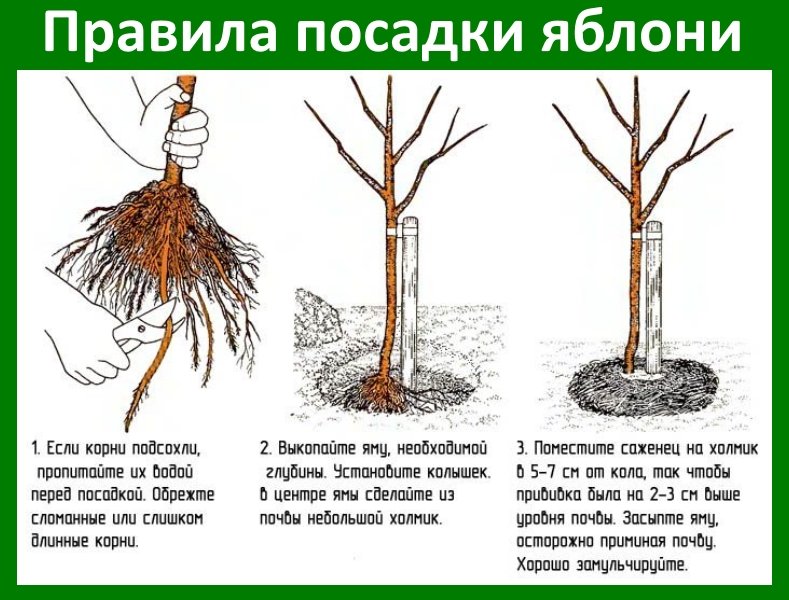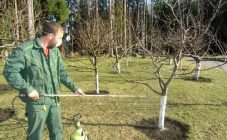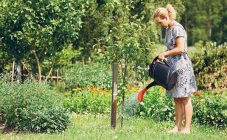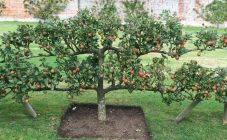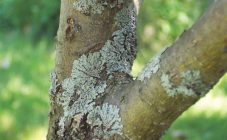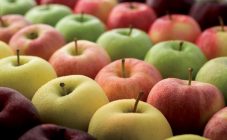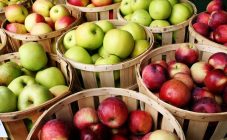Content:
The apple tree, like the pear, is a genus of fruiting trees, belongs to the Pink family. The wild apple trees known since ancient times formed the basis for the selection of modern varieties.
Modern trees differ from each other in size (from shrub forms to trees 15 m tall), flowering and fruiting times, fruit taste, resistance to diseases and weather conditions. A developed root system can grow up to 2.5 m in depth.
The following types of apple trees are distinguished by the time of fruit ripening:
- Summer - ripen in July, are distinguished by poor keeping quality of fruits;
- Autumn - the second decade of September, stored until mid-winter;
- Winter - ripen in late autumn, stored until next summer.
Popular varieties
Some of the most popular summer types include White filling, Melba, Moscow Grushovka, Candy.
White filling bears fruit in early July. The apples are round, greenish, and at full maturity they become almost white. The pulp is granular, with moderate acidity. Overripe fruits lose their taste data. The variety has frost resistance, begins to bloom from the 5th year.
Melba bears fruit in late summer. The apples are large, slightly elongated, yellowish in color, can be covered with a reddish striped blush. The pulp is light, with a light candy aroma. It is characterized by early fruiting from the 4th year.
Grushovka Moscow is a well-known variety for a long time. The fruits are medium, slightly flattened, pale green, decorated with a spotted blush. Loose pulp has a clear acidity. However, the fruits are practically not stored, they must be used within 3-4 weeks. A distinctive feature of the variety is good keeping quality in winter.
The name Candy speaks for itself. The apples are sweet, yellow, with a crimson blush, tender, with light pulp. The fruits have poor keeping quality, and also poorly tolerate transportation. The tree itself is unpretentious, resistant to diseases and tolerates subzero temperatures well.
Autumn varieties are ideal for preserves. The most common apple trees are Macintosh, Streyfling, Cinnamon striped, Zhigulevskoe.
Macintosh is distinguished by a special color - a red background with dark purple stripes. The fruit looks attractive for commercial use. The pulp is lined with red veins. However, low frost resistance imposes restrictions on growing.
Streifling - large yellow-green apples with characteristic brown stripes. Juicy, whitish-yellow inside, sweet and sour taste. The variety is well adapted to winter, but fruiting starts from 8-9 years.
Striped cinnamon is a long-known variety. The classic color of the fruit is red stripes on a green background. The pulp may also have red streaks. The particular weak aroma of cinnamon gave rise to the name of the variety. Recommended for growing in the Central European part of Russia, due to its excellent winter hardiness. However, the apple tree will give the first harvest only 8-9 years after planting.
The Zhigulevskoe variety is widely known. The red-yellow fruit has a creamy pulp with large grains. It begins to give a crop from the 5th year annually. Weakly resistant variety to the cold season.
Winter apples are characterized by good fruit preservation.Popular winter varieties: Antonovka, Jonathan, Golden Delicious, Welsey, Sinap Orlovsky.
The classic long-known apple variety Antonovka is familiar with its unique aroma. The yellowish-golden color of the fruit has a slight acidity. The tree itself is strong, unpretentious, calmly endures even severe frosts. Begins to bear fruit in the 7th year.
Jonathan has a high yield, but he is very picky about the care and composition of the soil. The pulp of the fruit is creamy, very juicy, with an excellent dessert taste. Apples are well stored until spring.
Golden Delicious ripens in September. Fruits are medium in size, slightly elongated. The skin is golden yellow with specks. Dense juicy apples with creamy flesh. The taste becomes more delicate during storage.
Medium Wellsea fruits are noticeably flattened. The yellow apples are covered with red stripes. The white pulp is sour in taste. There is an annual change in aroma. From the 4th to 5th year, the seedlings give a bountiful harvest, being well resistant to diseases.
Sinap Orlovsky, ripening in September, is well stored until May. Large apples, yellowish-green with a subtle blush, have a sour taste. Trees bear fruit annually from 4-5 years.
Watering apple trees in spring
To obtain a rich harvest, it is necessary to irrigate on time and with high quality. Insufficient soil moisture will lead to drying out of the ovaries, an excess of moisture stimulates the development of putrefactive processes of the root system.
How much to irrigate is determined by the soil composition and climatic conditions.
There are several irrigation options: surface, subsoil, drip and sprinkler.
For surface irrigation with a hose, it is necessary to dig a furrow 10-15 cm deep along the crown diameter. Moistening of the soil in the groove is carried out until the gradual cessation of water absorption. This method is suitable for saline soils, allowing you to retain moisture for a long period. The disadvantage is the high water consumption.
Sprinkling is carried out by special devices that are put on the irrigation hose - sprinklers. They are pulse, fan or pistol. With this method, you should check the level of soil soaking with a toothed bar, moisture should pass 60-80 cm from the surface. The disadvantage of the method is the development of soil erosion and the creation of additional wastewater.
The most economical is drip irrigation. Water is continuously delivered to the rhizome through perforated hoses or pipes. The limitation of the area of moisture, entailing the compaction of the root system, can be called the only drawback.
In hot conditions, it is convenient to use subsoil watering to minimize moisture loss. For this, perforated pipes are laid in the soil column, providing direct introduction of water into the root system. This method keeps the topsoil dry and loose, while maintaining the correct soil moisture level. The introduction of infusions from fertilizers or ready-made dressings into the water will help to avoid the routine procedures of fertilizing plants. The only drawback is the high cost of equipment and its installation.
How to water apple seedlings after planting in spring
Immediately after planting the seedling, it is necessary to water the trunk circle, while the soil absorbs moisture, usually 4-5 buckets are enough. In the first year, 3-4 watering from 3-4 buckets of water per season is required. Do not forget about loosening the soil after watering.
When to water apple trees in spring
In the spring of budding, the first watering is necessary. Young trees under the age of five should be watered every 7 days.Adult plants should be watered a second time during fruit setting, after the flowers have fallen, in June.
The third watering is necessary during the ripening period, 2 weeks before harvest. Watering during the harvest period can provoke their cracking and deterioration in taste.
Watering rates for apple trees
- For seedlings and one-, two-year-old trees, 1 sq. m of the trunk circle 2-5 buckets of water;
- For fruiting apple trees 5-15 years old, the norm is 6-9 buckets at a time;
- For mature trees up to 35 years old, 40 liters are required per 1/4 of the irrigation furrow;
- Old apple trees, over 50 years old, should have 7 buckets of water for 1/4 of the groove.
Watering is carried out either early in the morning or at sunset.
The main mistakes when watering
The main mistake made by novice gardeners is frequent but poor watering. This leads to a moisture deficit directly at the roots and the formation of a strong crust on the soil surface, which prevents soil ventilation.
The next most common mistake is waterlogging. Watering during the day after rains provokes stagnation of water in the roots and leads to the development of putrefactive bacteria and causative agents of apple diseases.
Watering in the immediate vicinity of the trunk is not valuable for the tree, since the moisture-absorbing roots are located at a distance of 60-150 cm from the trunk.
To summarize, we can say that watering plays an important role in the formation and health of apple trees. If you spend the right time and quantity of irrigation, the apple tree will be able to please with a bountiful harvest and safely survive the winter cold.
